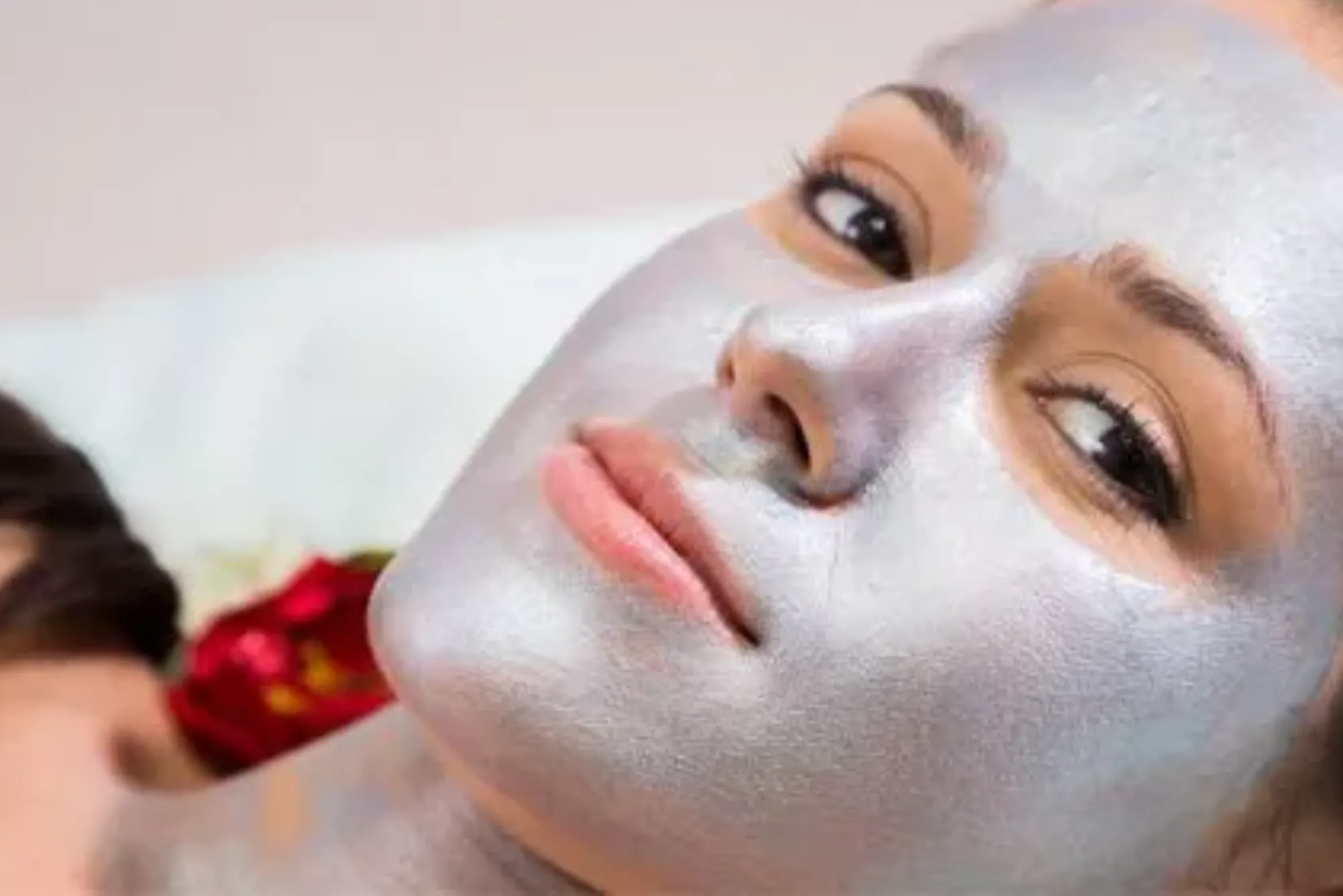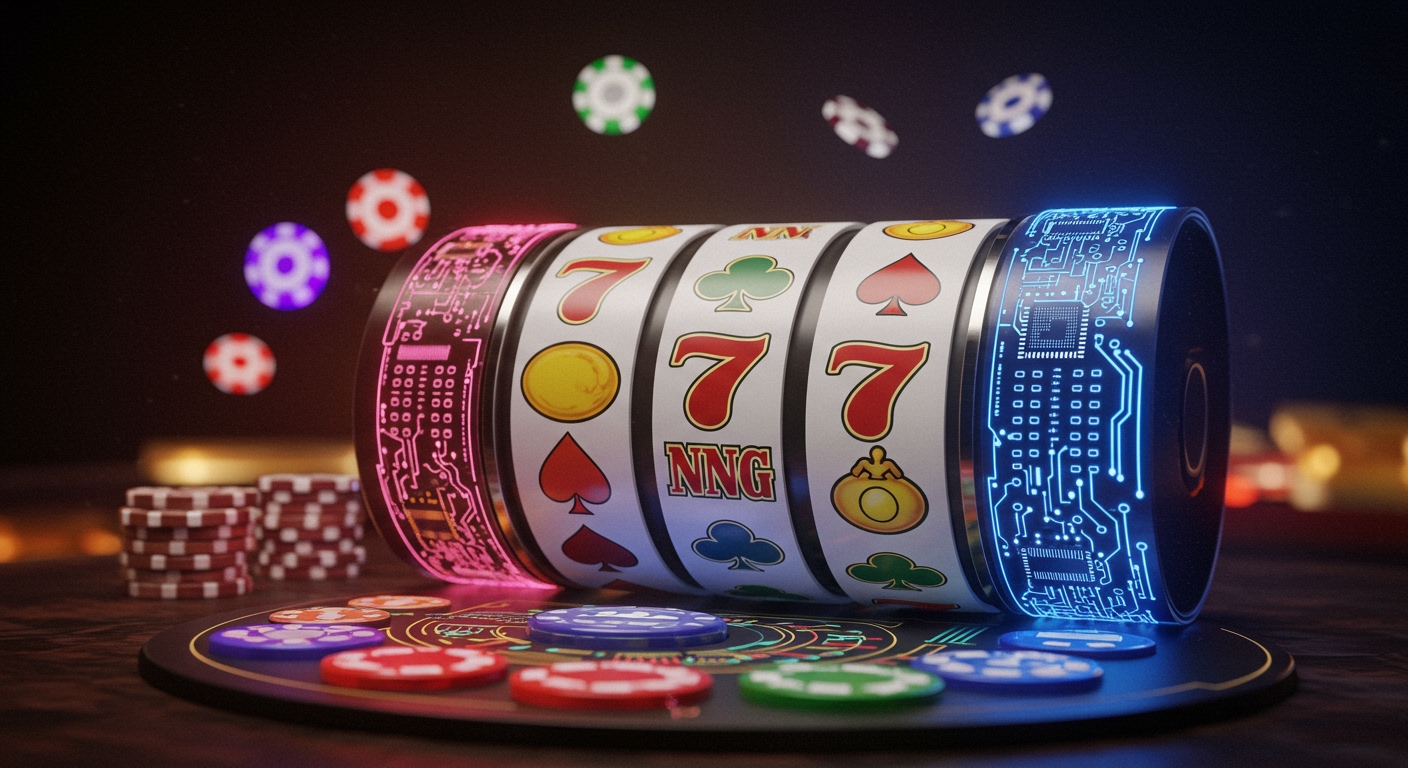Understanding Bonus Picks and Extra Lives
In the world of modern gaming, the concept of bonus picks and extra lives has become deeply intertwined with player engagement and retention. Whether you’re exploring retro platformers or the latest mobile sensations, bonus mechanisms serve to reward persistence, skill, and sometimes sheer luck. But can bonus picks—those special in-game opportunities to select a reward—actually translate into extra lives? To answer this, we need to examine how bonus systems are designed, the psychology behind extra lives, and real-world examples from popular titles that blend these mechanics seamlessly.
The Psychology of Reward and Risk
At their core, bonus picks tap into the human desire for control and anticipation. When players are given a choice—select box A, B, or C—they feel empowered, even if the outcome is determined by an underlying random number generator (RNG). This sense of agency enhances emotional investment in the game. Extra lives, meanwhile, act as a safety net that reduces frustration when challenges become too steep. By combining bonus picks with extra-life rewards, designers can strike a balance between rewarding player skill and mitigating frustration, encouraging longer play sessions and deeper attachment to the game.
How Bonus Picks Work in Game Design
Bonus picks typically appear after a player meets certain conditions: clearing a level under a time limit, collecting hidden items, or scoring a critical hit. Once triggered, the game transitions to a bonus screen where players choose from several icons, cards, or chests. Behind each selection lies a reward—extra points, power-ups, or yes, extra lives.
Game designers carefully calibrate the probability distribution of these outcomes. In many titles, the odds of finding an extra life might be lower than obtaining a small point boost, preserving the rarity and value of the life itself. Yet occasional generosity keeps players hopeful, motivating them to strive for the next bonus pick and, by extension, the next chance at extra lives.
Integrating Bonus Picks and Extra Lives in Modern Titles
A recent trend in mobile gaming is to merge bonus-pick rounds with the concept of an “aviator game” mechanic—where a plane climbs unpredictably and players must cash out before it crashes. Though seemingly unrelated, the aviator game’s tension curve mirrors the risk-reward dynamic of bonus picks: players must choose when to stop or press on, hoping for a better reward. Several hybrid games even incorporate aviator-style meters into bonus rounds, allowing players to ride the plane’s ascent and collect extra lives if they cash out at the right moment. For an in-depth look at how aviator game dynamics can inform bonus pick designs, check out Business Setup Consultants in Ras Al Khaimah’s exploration of such gamified systems.
The Role of RNG and Fairness
Random number generators underpin the fairness of bonus picks. Players expect a transparent system where each pick has a known chance of yielding an extra life. In arcade-style games, RNG seeds resets each session, ensuring that luck cannot be “streaky” to the point of frustration. In contrast, mobile games often employ pseudo-RNG with pity timers—guaranteeing an extra life after a set number of unsuccessful picks. This hybrid approach tempers randomness with assured reward, keeping players engaged without overwhelming them with rare successes or endless failures.
Balancing Extra Lives for Challenge Preservation
While extra lives can make a game more accessible, too many can dilute the challenge and shorten overall playtime by trivializing obstacles. Designers must juggle life availability carefully:
Offering a single extra life per bonus pick maintains tension—players know they can continue but still face consequences.
Allowing multiple lives in one bonus round rewards players who clear difficult stages, yet caps the maximum to preserve challenge.
Introducing life multipliers (e.g., doubling current lives) adds strategic depth, as players consider whether to bank on a large reward at the risk of nothing.
Through iterative playtesting, developers identify the ideal frequency and magnitude of life rewards that keep the game engaging without breaking its difficulty curve.
Case Study: Classic Platformers and Bonus Picks
Looking back at 16-bit platformers, titles like “Super Mega Bunny” and “Galactic Quest” featured secret bonus rooms where players selected from three doors—one hiding an extra life, another a handful of rings, and the third a single-point boost. These games taught early designers that players would replay levels to access bonus rooms, effectively extending game longevity. The scarcity of extra life pickups in the main levels heightened the value of bonus picks and underscored the importance of risk—players might sacrifice time and health exploring for that critical bonus.
Case Study: Mobile Hybrids with Aviator Mechanics
More recently, mobile studios have infused aviator game elements into casual titles. In “Skybound Adventures,” clearing a level triggers a bonus flight meter. Players tap to ascend the plane and collect tokens representing extra lives. If they wait too long and the plane crashes, they forfeit all tokens. This real-time decision-making mimics aviator game psychology, blending timing skill with bonus pick reward structures. Such hybridization illustrates how borrowing mechanics across genres can revitalize classic ideas like extra lives.
Best Practices for Designing Bonus Picks and Life Rewards
From my own experience working with indie developers, certain practices ensure balanced integration:
Seed bonus picks with layered probabilities: common rewards, uncommon power-ups, rare extra lives—each with distinct odds.
Communicate chances clearly: display on-screen odds or use visual cues (glowing chests for higher-tier rewards).
Implement pity timers or guaranteed life rewards after X unsuccessful picks to prevent player attrition.
Tie bonus pick availability to performance metrics—time, score, or skill-based achievements—to reward mastery without punishing casual players.
These guidelines help stretch play sessions, increase satisfaction, and maintain a fair challenge.
The Future of Bonus Picks and Extra Lives
As cloud gaming and cross-platform play become mainstream, adaptive difficulty and dynamic reward systems will likely evolve. Imagine a game that calibrates bonus pick frequencies based on player skill data collected in real time, or that syncs extra-life availability across devices, allowing seamless continuation. Emerging AI-driven design tools could even auto-generate bonus rounds tuned to individual player profiles, maximizing engagement and retention.
Conclusion
Bonus picks can indeed unlock extra lives, but their effectiveness hinges on thoughtful design, fair RNG implementation, and a deep understanding of player psychology. By studying classic platformers, embracing aviator game dynamics, and adhering to best practices, developers can craft bonus systems that feel rewarding yet retain the challenge that makes games compelling. Whether you’re a nostalgist chasing secret bonus rooms or a mobile gamer riding a virtual plane to snag that life-saving token, the fusion of bonus picks and extra lives remains a timeless formula for fun.







